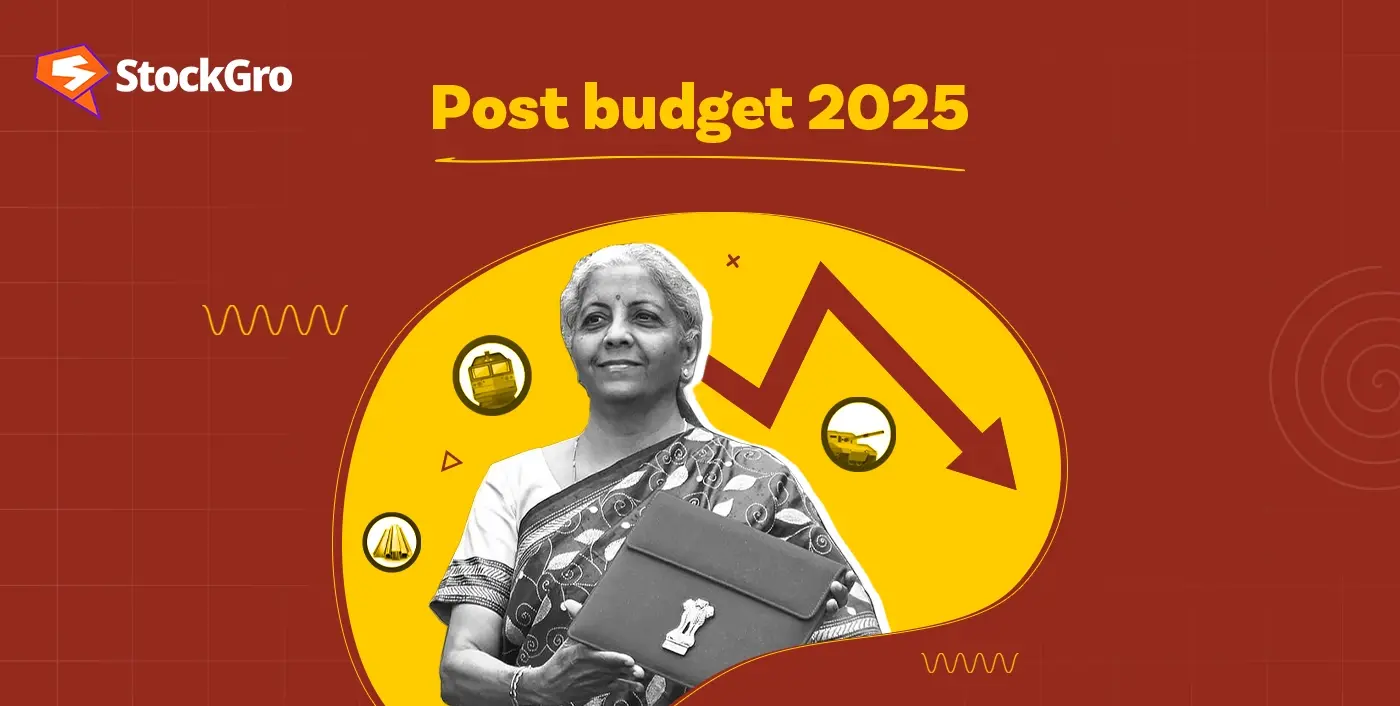
With a strong focus on accelerating consumption, countering slow growth, and rising prices, Finance Minister Nirmala Sitharaman announced the much-awaited Union Budget on February 1, 2025. The middle class’s prayers were rightfully answered, with one of the most significant tax reforms in recent years.
Making India self-reliant, or ‘Atmanirbhar’ has been a key focus on this year’s budget, much like the previous budgets too! An evident focus on the Farm sector, with plenty of measures such as — The dhan-Dhaanya Krishi Yojana, which is anticipated to intensify agricultural production and promote crop diversification. ‘Atmanirbharta’ in the production of pulses has also been promoted, with a special focus on tur, urad, and masoor, to stabilise supply chains and foster fair pricing for farmers.
The Budget 2025-2026 also outlined initiatives to transform India into a digital, technologically advanced, AI-driven hub. Additionally, focus on healthcare sectors, real estate development, and infrastructure among others have also been encouraged.
Let’s explore the key highlights of the budget, therefore constructing an overview of the sectors that stand to benefit the most from these announced reforms.
FMCG
The budget addresses the need of the hour, by letting consumers get more money in their hands. How, you ask? Well, as per the Budget 2025-2026, there will be a complete income tax exemption for individuals earning up to ₹12 Lakhs per year, and salaried individuals earning up to ₹12.75 Lakhs per year.
This highlights the Keynesian theory, which suggests that people tend to increase their spending along with a rise in their disposable income, which can arise from such tax reliefs. With increasing spending, demand for essentials and luxuries also rises.
This puts the FMCG sector under the spotlight, where consumer demand has been sluggish. Besides, the mass market segment especially in urban areas has also recently struggled to reach considerable growth, due to high inflation.
Nifty FMCG jumped by 4% on 1st February 2025 as the budget was announced, displaying consumer confidence in the sector.
With enhanced spending, consumers can now increase their usage of fast-moving consumer goods such as food items, daily consumables, health and beauty products, childcare products, and more.
Find this insightful? Read this: List of FMCG Stocks in India 2025
Real Estate
Next, the Budget also signified a strong focus on infrastructure development and the growing real estate landscape in India. This makes way for a boost in the real estate sector, especially in tier 2 and tier 3 cities.
The government continues to focus on affordable housing, promoting measures to boost the real estate sector. First, the tax relief along with boosting consumption also encourages individuals to consider real estate investments.
Secondly, the government has also allowed homeowners to mark the annual value of two self-occupied properties as nil, provided one is not rented out. This will simplify tax filings, and provide increased flexibility to property owners who are unable to occupy their second property due to other reasons.
Thirdly, a boost in the form of a ₹15,000 Crores allocation to the Special Window for Affordable and Mid Income Housing (SWAMIH) fund will aim to complete an additional 1 lakh housing units, that are stuck/delayed, thereby providing relief to homebuyers. Industry experts point out that this move is rightly placed to help finish stuck projects, thereby meeting housing demand and boosting the real estate market liquidity.
Interestingly, this real-estate sector boost was evident in the NIFTY Realty index gaining 3% on the Budget announcement day.
Also read: Best Real Estate Stocks to Invest in India for 2025 – StockGro
Shipping
The government is quite clear in its stance to position India as a shipbuilding hub, especially from the boost given to the sector in the announced budget. The government expects larger participation from the private sector in infrastructure development through a series of Public-Private-Partnership (PPP) projects that are to be launched in the coming months.
The Budget also introduced a ₹25,000 Crore Maritime Development Fund that will offer long-term financing for the shipping industry. Experts highlight the importance of the proposal to develop new shipbuilding clusters of up to 1.2 million gross tonnage, which could potentially increase the range, capacity, and categories of ships. This is crucial in structuring India as a $30 Trillion economy by 2047.
These measures are designed to place the domestic shipping industry on a global podium. Thereby boosting the sector overall!
Healthcare
The government hit the hammer on the right nail by putting this sector in focus. The progressive initiatives for the healthcare sector have come at a time when the industry was grappling with post-pandemic challenges with an urgent requirement for a robust infrastructure.
The Budget 2025-2026, allocated ₹95,957.87 Crores to the Ministry of Health and Family Welfare, a jump of 10.8% from 2024-2025. There is also an increase in the allocation of key healthcare schemes such as The Pradhan Mantri Ayushman Bharat Health Infrastructure Mission (PM-ABHIM), Ayushman Bharat- Pradhan Mantri Jan Arogya Yojana (PM-JAY), National Health Mission (NHM), etc.
Moreover, the Government also disclosed initiatives towards adding 10,000 additional medical seats by next year, aiming to add an extra 75,000 seats in the next five years. In addition, 200 new Day-care Cancer centers are set to open in District Hospitals by 2025-2026.
Another key policy measure aimed at benefiting the Healthcare sector is the removal of 36 lifesaving medicines from the Basics Customs Duty (BCD). These medicines cater to life-threatening diseases such as cancers, rare diseases, and major illnesses.
Alongside, the Budget also aims to position India as a hub for medical tourism, by streamlining visa processes for foreign patients. Experts are excited to see these positive moves aimed at bolstering the healthcare sector and expect the initiatives to make healthcare more accessible in India.
You may also like: Geopolitical events and their impact on Stock Markets.
Technology
India has always succeeded in showing innovation and advancements in the technology sector and holds a remarkable position in the global frontier. The technology sector in India witnessed a significant growth trajectory and the Budget, too, is aligned with the goals!
Some key initiatives in the technology sector include the enhanced India AI Mission funding, and expanding AI Centers of Excellence for Education along a Deep Tech Fund to promote innovation.
These initiatives act as a catalyst in strengthening India’s global tech position. Experts believe that these initiatives will help in capitalizing the AI opportunities and building the right tech-forward workforce.
The impact of these initiatives is likely to uplift the technology sector in India.
Also Read: Are you a Senior Citizen? How Budget 2025 Could lower your tax burden
Conclusion
The Budget 2025-2026 prioritizes the Garib (Poor), Youth, Annadata (Farmers), and Naari (Women), and focuses on how the next five years provide an opportunity to achieve balanced growth across all sectors.
While sectors like FMCG, Real Estate, Shipping, Healthcare, and Technology provide promising opportunities through the introduction of growth schemes, missions, funds, etc, other sectors such as Travel and Tourism, Insurance, and Power have also been given a great boost in the Budget.
Investors need to thoroughly understand the market dynamics and sector growth opportunities to make informed investment decisions.
Also read: The Impact of AI and Machine Learning on Stock Trading


